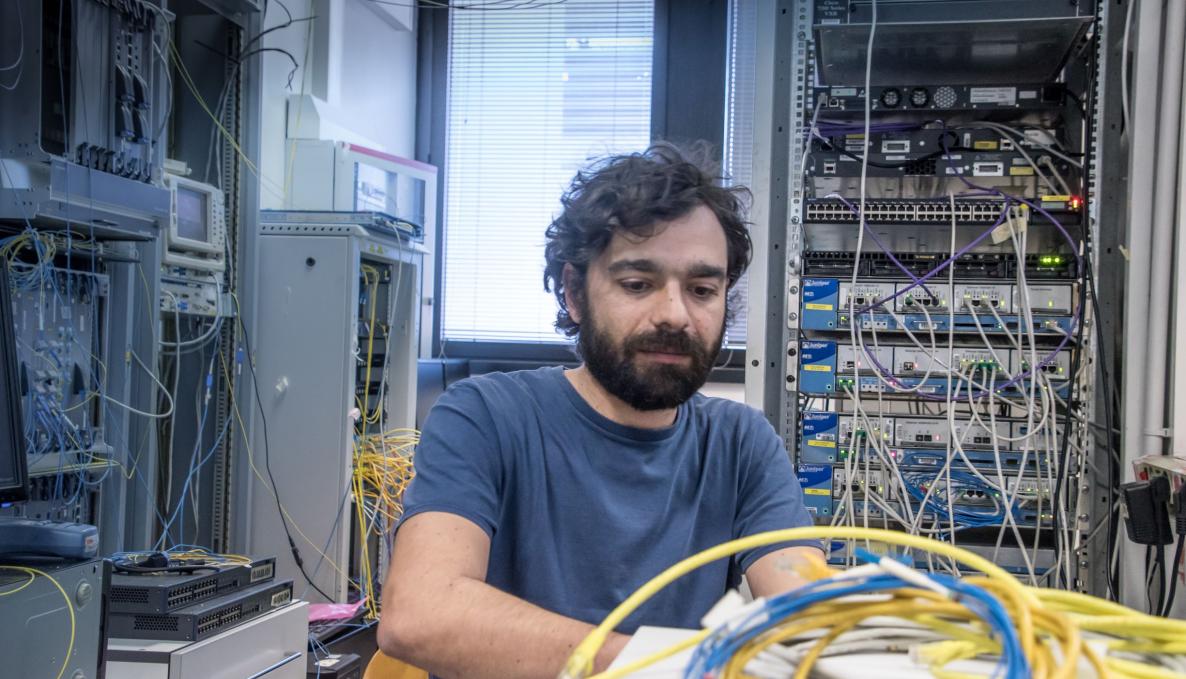RECENT ADVANCES IN FIBER OPTICAL COMMUNICATIONS: SPACE DIVISION MULTIPLEXING TECHNOLOGY IS PROMISING SOLUTION FOR FUTURE NETWORK INFRASTRUCTURE

In response to the emerging need of fiber connectivity due to the outbreak of the coronavirus, a major effort is being made in upgrading to a faster connection. The optical fiber enables the highest transmission capacity for short, medium and long distances; therefore, hair-thin silica glass fibers transcontinental and transoceanic cables were installed to support voice, video, and data communications across the globe. The latest strategy for supporting the continuous increase in demand for more transmission bandwidth is the Space Division Multiplexing (SDM) approach. It allows multiplex information, increases the data capacity and maintains the bandwidth growth.
The SDM strategy has allowed the capacity to be increased to keep up with the exponential growth in Internet protocols and proved to be cost-effective. However, over the next decade, an increasing number of higher-performing cellular networks, more and more high-definition videos and other data could reach the capacity limit. The demand for optical fibers at the highest light intensities is driving researchers to expand beyond conventional silica fibers and increase the number of parallel channels.
A major advance for increasing ultra-high capacity was achieved by Nicola Sambo, a researcher of Sant’Anna School TeCIP Lab. Inrete, who is currently working on the PRIN (Italian Ministry of Education and University) funded FIRST project under the supervision of Professor Antonio Mecozzi (University of L’Aquila). The project FIRST is a research collaboration between scientists from Sant’Anna School and the University of L’Aquila working on the INCIPICT Project in the construction of an experimental optical network to build a MAN – Metropolitan Area Network. By bringing together researchers with complementary perspectives and skills, this joint project aims at improving the robustness of experimental setups for SDM components such as spatial multiplexers/demultiplexers, optical amplifiers, and mode converters.
Researcher of the Sant’Anna School TeCIP Lab. Inrete will explore methods for mode control and analysis, mode dependent losses and nonlinearities for increasing the transmission system capacity and improving the network flexibility through the joint management of spectral and spatial resources. Along with experimental validations, novel protocols and devices will be tested to design and implement SDM sustainable (supporting a higher number of spatial channels) network infrastructure.
Cover photo: Nicola Sambo at the TeCIP Institute Lab. Inrete



